Services
SERVICES
SOLUTIONS
TECHNOLOGIES
Industries
Insights
TRENDING TOPICS
INDUSTRY-RELATED TOPICS
OUR EXPERTS

May 6, 2025
the projected increase of the global remote patient monitoring market size from 2025 to 2033
Straits Research
the estimated CAGR of the global remote patient monitoring market from 2025–2033
Straits Research
of Americans regularly use a device to monitor their heart health
The Ohio State University Wexner Medical Center
The major purpose of remote patient monitoring platforms is to collect patient vital sign data and send it to medical professionals. Additionally, modern remote patient monitoring (RPM) solutions can include more features to further streamline medical workflows.
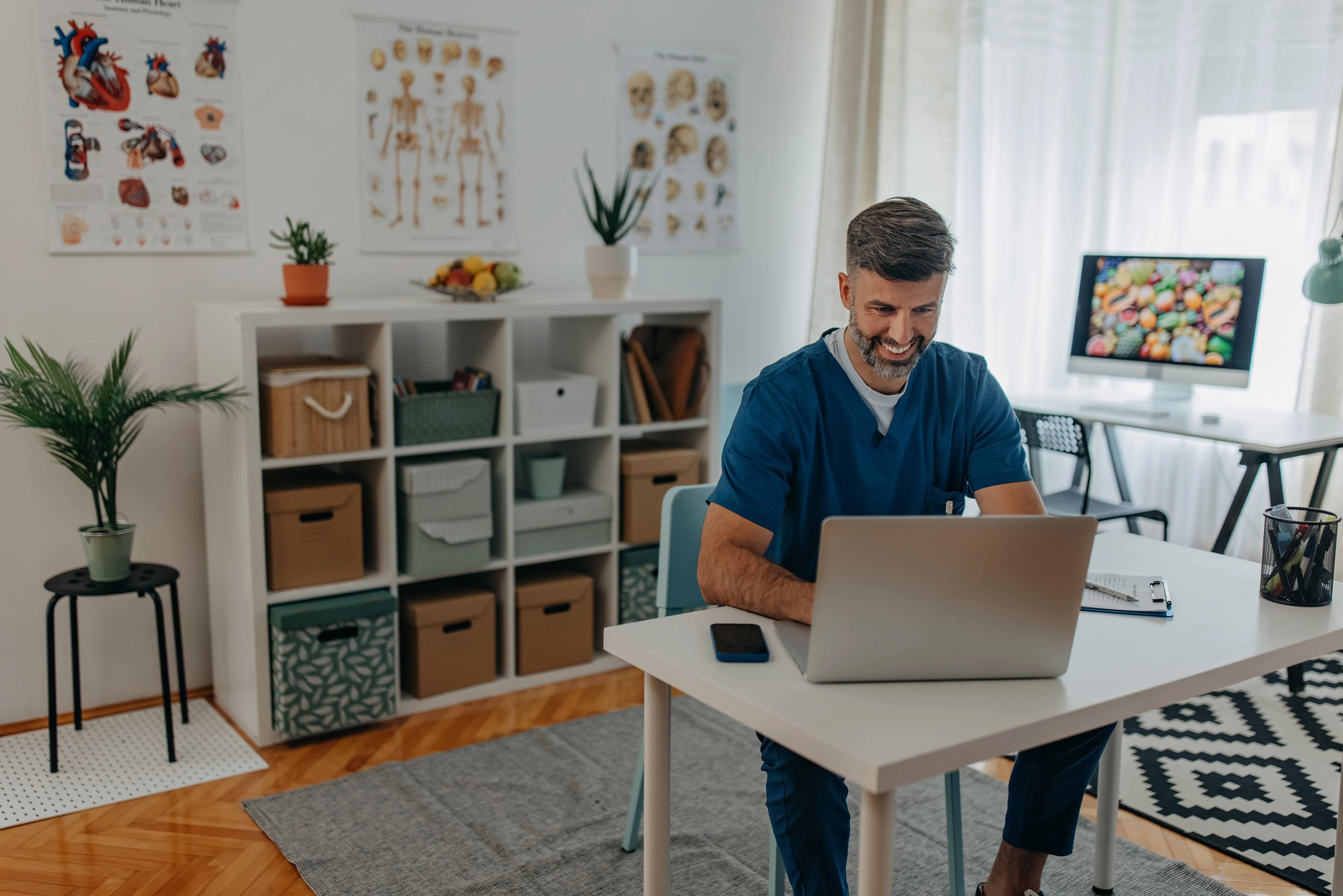
CareSignal is a deviceless remote patient monitoring solution from Lightbeam Health Solutions. Its main distinguishing feature is that it requires just a phone to capture patient data instead of specialized medical devices. This makes CareSignal more accessible to wider groups of people and simplifies system setup and utilization.
Supporting over 30 condition-specific RPM programs, such as CHF, COPD, diabetes, hypertension, maternal health, behavioral health, and SDOH, CareSignal uses AI-based predictive models to forecast and prevent patient disengagement, sends patients automated reminders via text messages and phone calls to input health information, provides personalized feedback based on received readings, delivers educational prompts, and provides doctors with real-time risk statuses to prioritize patient outreach.
CareSimple provides hardware and software enabling medical institutions to deliver remote patient monitoring, hospital at home (HaH), population health, and chronic care management (CCM) services. The company ships preconfigured devices straight to patients and guides them through taking their first readings. The platform includes a device management solution to help healthcare organizations order and assign devices to patients and monitor their signal strength, battery life, and location.
CareSimple software integrates with popular EHR solutions, has data visualization capabilities, and supports complex logic to detect high-risk symptoms that may go overlooked by patients and clinicians and send alerts. CareSimple also offers caseload management features to organize patient information and streamlined billing and reporting capabilities, such as the Program Tag feature that automatically tracks the time spent monitoring and interacting with patients, prompts for note-taking, and reimbursement metrics to streamline the billing procedure for RPM and CCM.
PatientConnect® is an RPM suite from Health Recovery Solutions (HRS) featuring medical devices and software for remote monitoring of patient health, provider-patient communication through video conferencing and messaging, and patient education. The suite allows healthcare institutions to choose between an all-inclusive remote monitoring kit, a solution for tablet use, a bring-your-own-device (BYOD) option, and a solution for voice-only communications. Apart from enabling patients to track data on vital signs, activity, and medication history, PatientConnect® also provides symptom surveys and medication reminders to boost patient engagement and improve their adherence to treatment plans.
Beyond this, HRS provides a ClinicianConnect® portal for patient management that seamlessly connects with different EHR solutions through out-of-the-box integrations. HRS also offers an analytics solution to monitor the performance of the deployed patient monitoring program.
HRS has a team of in-house clinical professionals who provide 24/7 monitoring and triage in addition to the adopting institution’s staff. It also allows clinicians to connect with Wound and Ostomy Certified (WOC) nurses, takes care of delivering and implementing equipment for RPM, and renders education and consultation services to help clinicians get reimbursements.
TimeDoc offers cellular-enabled devices and RPM software for monitoring chronic conditions. The software integrates with the EHR system used in a healthcare organization and automatically submits data on patient vitals to the EHR system. It tracks a patient’s vital signs data over time, pushing the readings into the patient dashboard.
TimeDoc also supports alert customization to notify clinicians when readings deviate from the patient’s normal range and allows users to access other virtual care services from a single platform, including behavioral health and chronic care management.
The company also offers a team of clinically trained care managers who can take care of user onboarding and provide support services to healthcare organizations.
While a remote patient monitoring system alone makes a great difference to healthcare organizations and patients, integrating it with other solutions and creating an interoperable healthcare IT ecosystem can further streamline and enhance patient care management.
EHR integration with RPM platforms ensures that electronic health records are constantly updated with the information captured from different RPM devices to create a complete, up-to-date view of patients’ conditions.
Integrating RPM with hospital smart devices enables the collection of patient information from bedside monitors, imaging devices, smart medication dispensers, and virtual ward systems to ensure an even more comprehensive view of the patient’s physiological state.
RPM that doesn’t provide built-in telehealth functionality can be integrated with telemedicine platforms to increase the quality of remote care services, allowing clinicians to perform health examinations during their teleconsultations as effectively as during in-person visits.
Having access to their health information captured by RPM devices, patients better understand their condition, symptom patterns, care plans, and responsibility for their health, leading to better patient outcomes.
The integration of RPM solutions with mHealth applications allows medical personnel and patients to access RPM readings, log symptoms, and exchange data with other specialists on the go, as well as receive notifications on their mobile devices about scheduled measurements.
By integrating RPM software with healthcare data analytics solutions that leverage advanced data analysis techniques as well as AI and ML models, healthcare professionals can uncover in-depth insights from patients’ vital data to develop personalized treatment plans and predict probable outcomes.
Implementing remote patient monitoring systems brings various advantages to patients, medical personnel, and healthcare organizations.
Discovery
Design
Development
Testing
Deployment
Maintenance & support
We provide comprehensive RPM services to simplify remote patient management and care.
We assess your existing healthcare IT ecosystem, advise on the most suitable RPM solutions for your organization’s needs, and create a plan for their implementation. Our consultants also help you ensure the software’s regulatory compliance and adherence to security regulations, calculate the cost of the implementation process, and offer advisory support throughout the project’s implementation.
Itransition’s experienced engineers develop a robust RPM solution according to your organization’s needs and integrate it with your other healthcare software and third-party applications. We employ best development practices, ensuring the solution’s security, compliance with industry regulations, and patient data safety while using the project management methodology best fitted for your case.
We provide end-to-end software implementation services, defining the solution’s requirements, configuring or customizing the off-the-shelf platform, and ensuring RPM software interoperability with remote patient monitoring devices and healthcare IT solutions. Apart from that, we offer user training and on-demand services like RPM solution maintenance and modernization.
Remote patient monitoring is the use of dedicated software and devices to measure a patient’s vital signs, for example pulse rate, heart rate, blood pressure, blood glucose levels, body weight, and other relevant information, transmit this data to doctors, and help them make more informed decisions and take proper actions.
After implementing an RPM solution, a healthcare provider identifies patients eligible for remote monitoring and obtains their consent to use a connected health device that takes readings at regular intervals and transmits them to the provider’s platform automatically. The clinical staff monitors the metrics and acts upon them when their intervention is needed. Patients can also access the RPM platform to check their vitals, reach out to doctors, and access educational materials. Additionally, RPM software automatically registers time spent on online care delivery and generates CPT codes to simplify the billing and reimbursement processes.
Devices that enable remote patient monitoring include patient wearables and medical devices like blood pressure monitors, glucometers, pulse oximeters, smart scales, and spirometers, as well as thermometers with cellular or Bluetooth connectivity that allow patients to record and report their vitals to the care team.
Remote patient monitoring can be used for keeping track of different health conditions, including diabetes, hypertension, heart failure, mental health and behavioral disorders, COPD, and asthma. It supports both care for chronic diseases and the monitoring of patients after acute events, enabling healthcare personnel from various specialties to timely spot the aggravation of symptoms and empowering patients to keep track of their state of health.
The cost of an RPM solution development depends on the type and number of connected devices, functionality, and the additionally integrated apps. One might get a simple RPM app for $50,000, while an advanced RPM suite with multiple complex connected devices would cost more than $500,000. Contact our team to get a ballpark estimation for your specific RPM needs.
Like the cost of the solution, the development time depends on your requirements and can range from 2-3 months for a smaller system to 6-9 months for a more complex solution. You can contact our experts for a more detailed estimation.
Yes, both Medicare and Medicaid cover remote patient monitoring, but reimbursement policies vary from state to state. The rules change frequently, and states expand coverage for telehealth, so it’s better to consult a solution’s provider before implementing it.
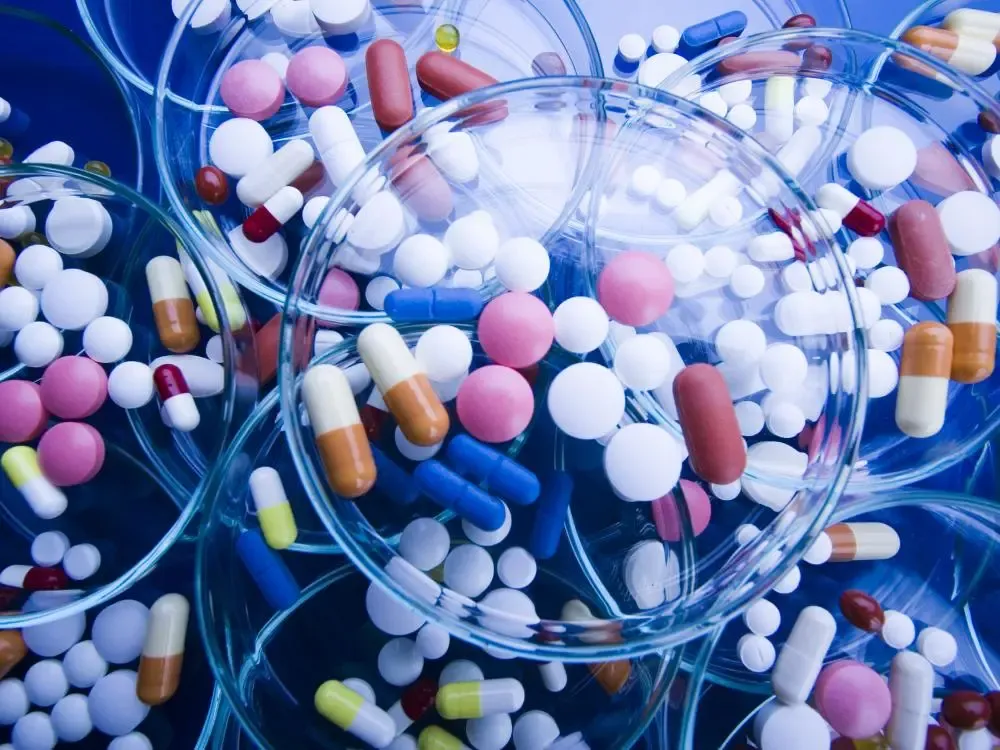
Case study
Itransition developed a cross-platform mobile application that allowed healthcare organizations to automate adverse event reporting.
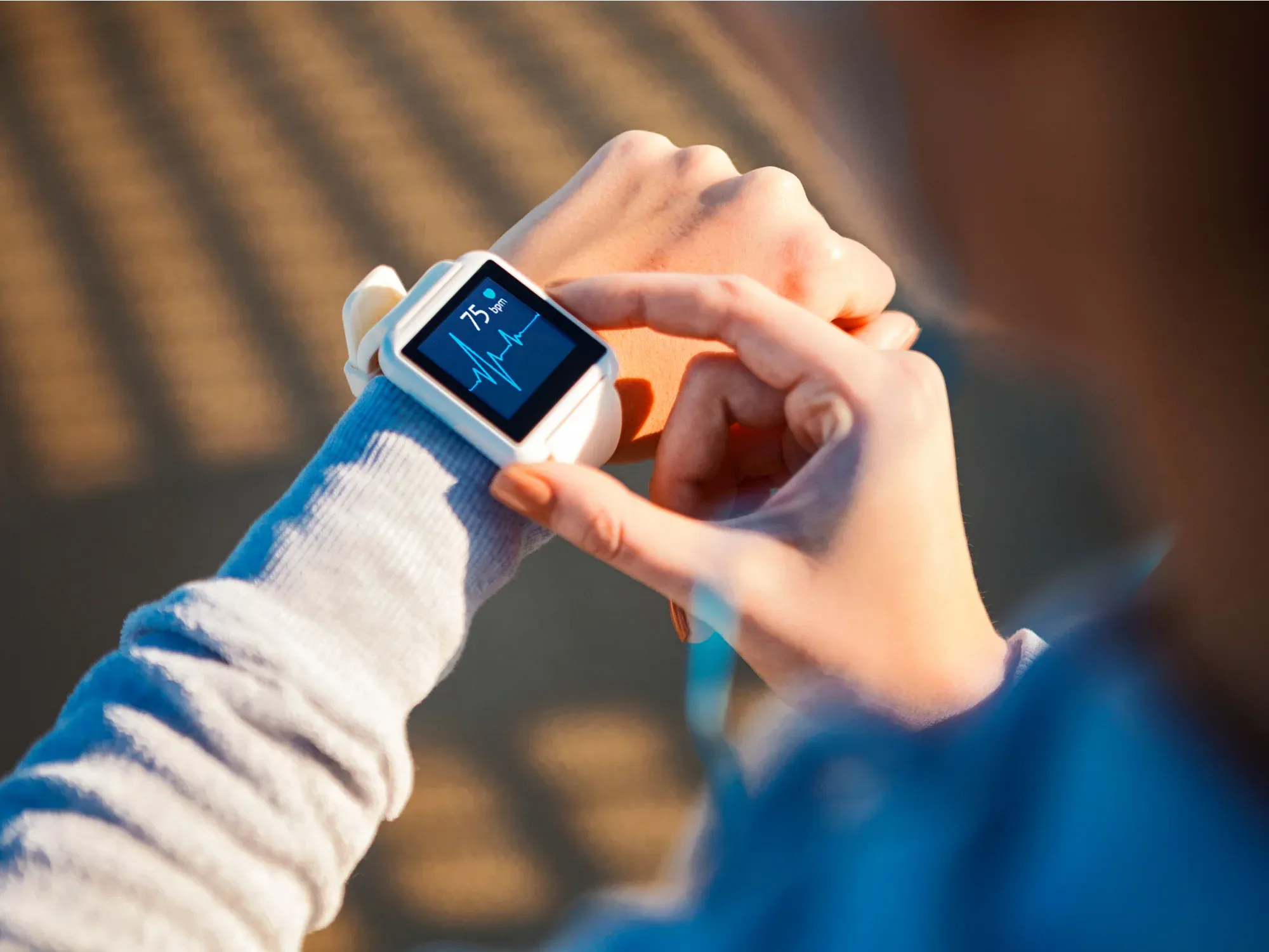
Service
As a medical device software development company, Itransition implements apps for precise diagnostics, streamlined care delivery and management. Get a quote.

Case study
Learn how Itransition developed a customizable automation platform to help healthcare professionals streamline manual tasks, reduce costs, and save time.
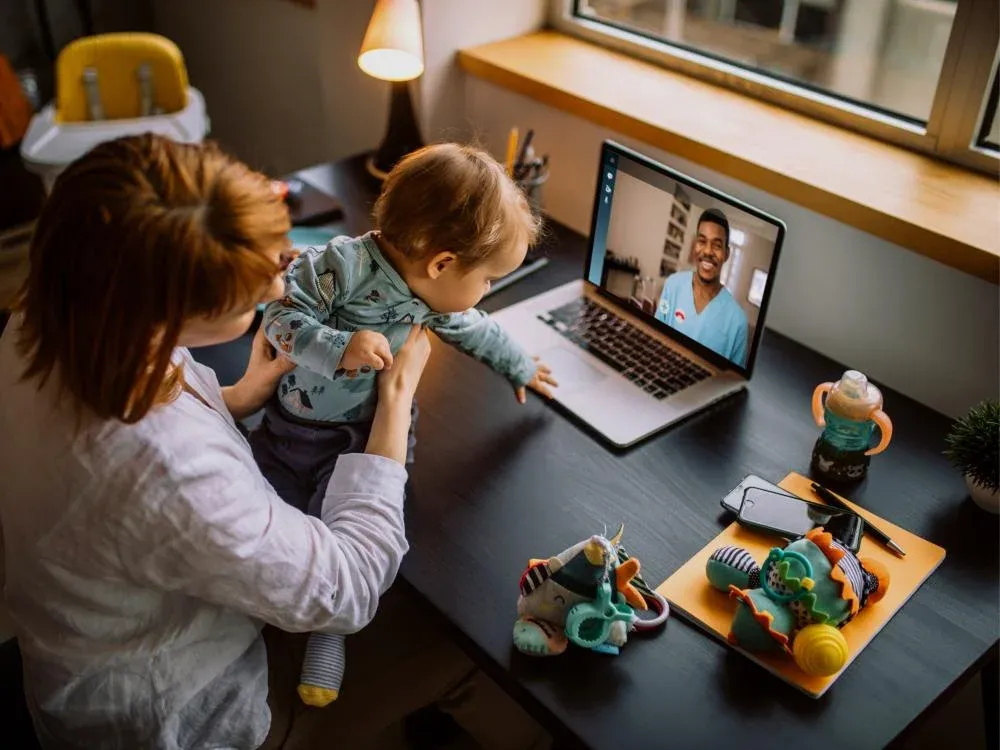
Insights
Learn about telemedicine for pediatrics, its key features, integrations, and value, as well as how to successfully implement it, minimizing potential risks.
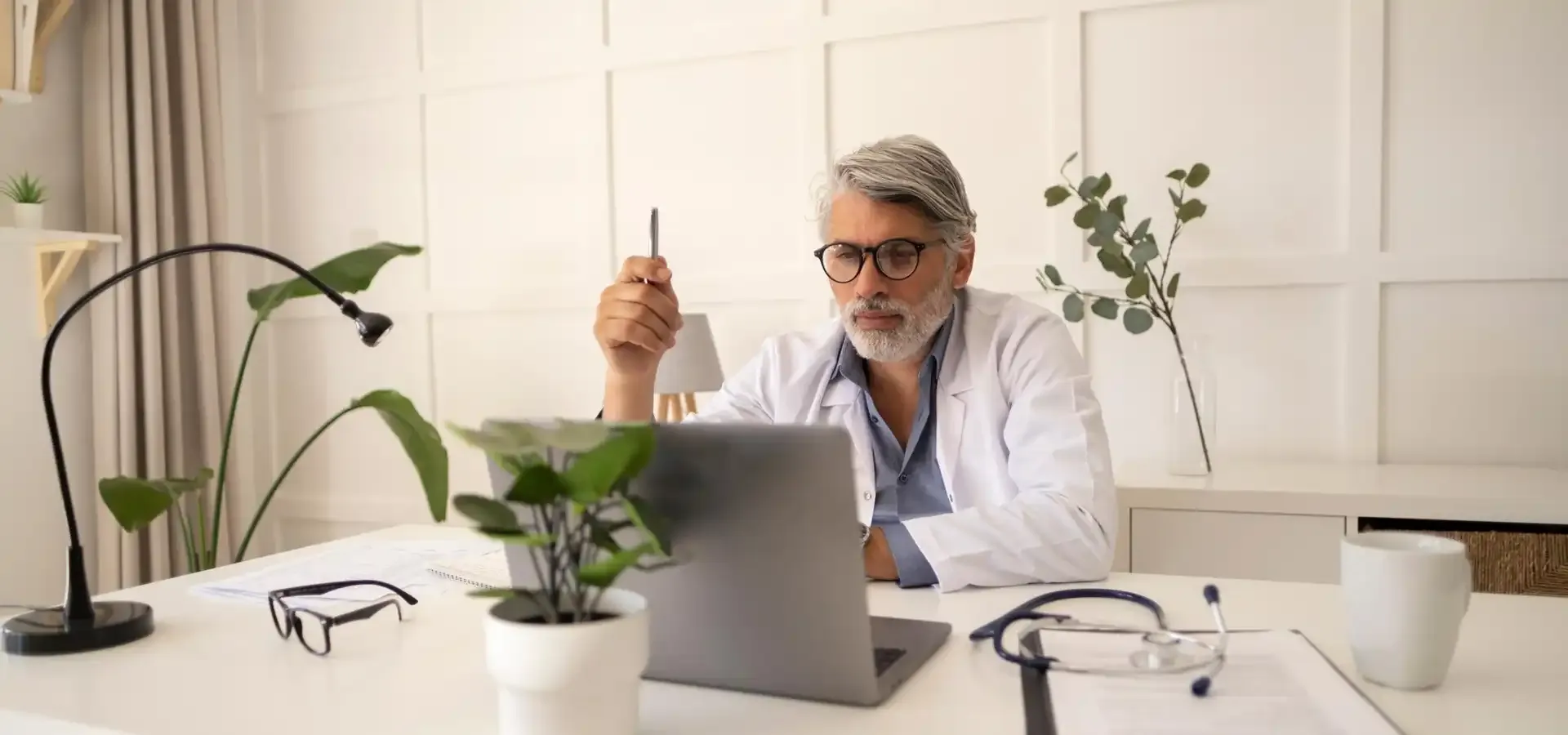
Insights
Learn about virtual hospitals, their architecture, integrations, and types. Explore their benefits for doctors and patients and implementation challenges.
Services
EHR
Telehealth